Cape Horn is now behind them but its significance for this race and these sailors was immense
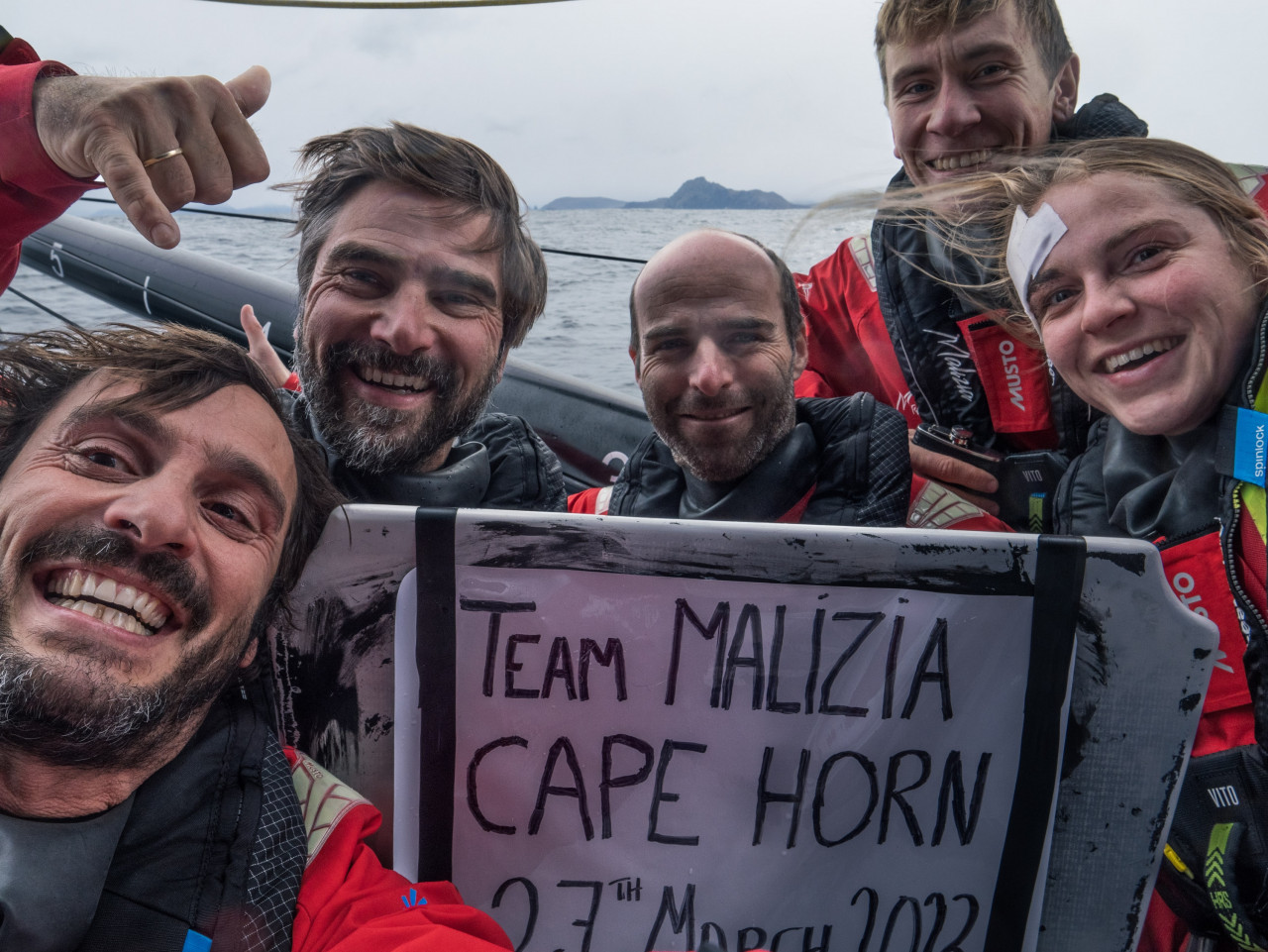
Cape Horn is now well behind the sailors in this edition of The Ocean Race, as leader Team Malizia battles Holcim-PRB for the stage win at Itajaí.
But none of them is going to forget that seminal experience, as they surfed from the Pacific into the Atlantic, past the most feared headland in world sailing.
Throughout the centuries Cape Horn been a symbol of hope, danger and deliverance and in this race it also felt like the point of validation – the moment when the idea of fully-crewed IMOCAs racing around the world came of age.
The Southern Ocean passage from Cape Town demonstrated that these super-fast foilers can produce compelling racing in the toughest seas on the planet. They have covered unprecedented distances and produced closer racing than we have ever seen before, with the lead regularly changing hands and all four contenders in sight of each other at Point Nemo.
Throughout this passage, the goal for every man and woman on board was Cape Horn. It was a personal target to compensate for all the privations of racing in the Big South and, in competitive terms, it was all about getting to that headland in one piece, with a boat in a fit state for the remainder of this leg to the Brazilian coast.
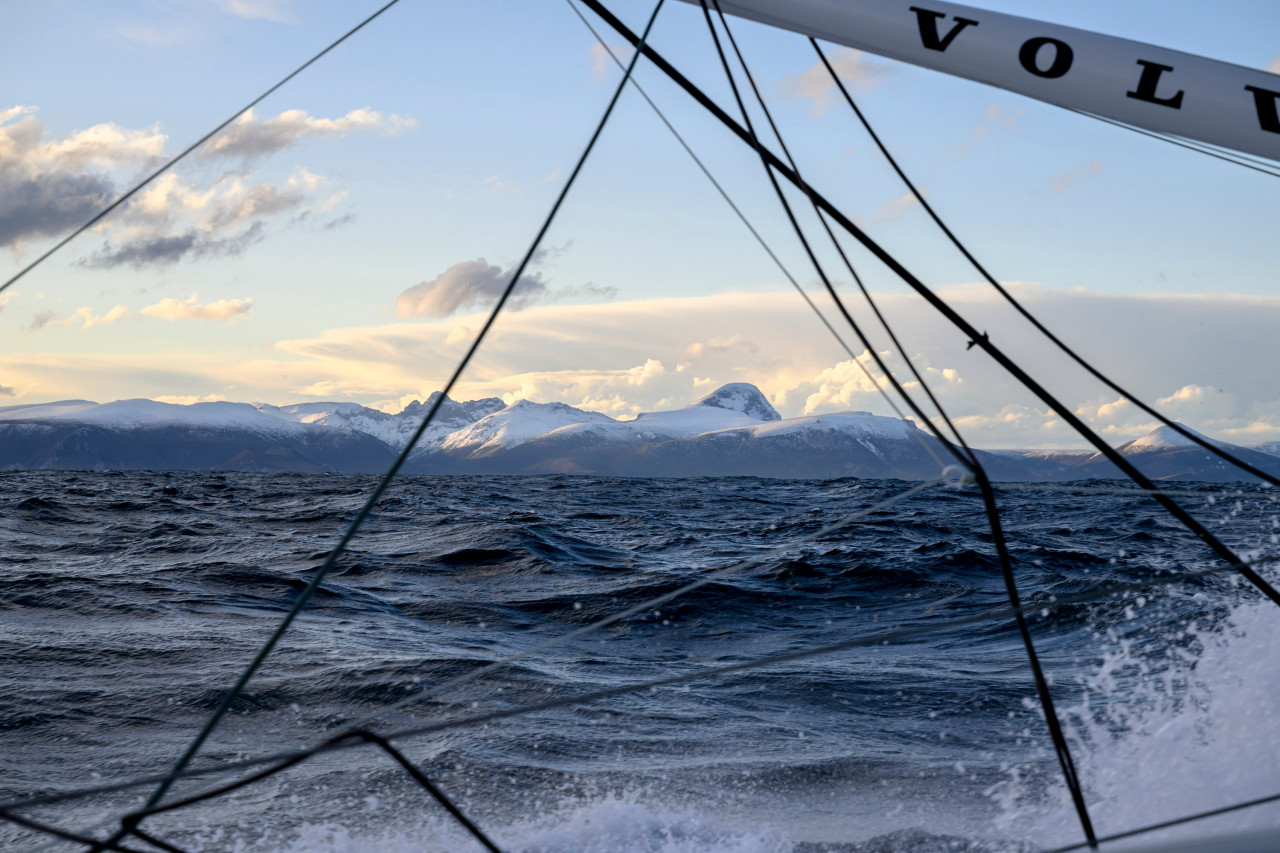 © Ronan Gladu / Biotherm
© Ronan Gladu / Biotherm
At Class IMOCA we checked in with two sailors to get their personal impressions of what Cape Horn meant to them, both of them first-timers going past the rocky outcrop at the tip of Tierra del Fuego.
On Biotherm, currently the back-maker, 450 miles behind Team Malizia, the hugely experienced and successful Figaro sailor, Anthony Marchand, had clearly thought deeply about it. “Before being a matter or personal pride, I am happy for the team,” he said. “We managed to get through most of the pitfalls of the Deep South to reach this ‘cape of deliverance,’ as I call it…this Cape Horn."
“And also, it’s a proud moment for me personally as a sailor because it’s a symbolic passage,” he continued. “The fact that I went through it with The Ocean Race, a very symbolic international event for me, which was the stuff of dreams for me as a child – and the fact that I went round Cape Horn for the first time thanks to this Biotherm project – are two satisfying and pleasurable moments combined.”
But Marchand, 38, cautioned that the Horn was also just a turning point when it comes to the race, and there is a lot of that still to come. “We’re only halfway through The Ocean Race in terms of points, so Cape Horn is just a symbolic point of passage and we still have to keep the machine moving forward,” he said.
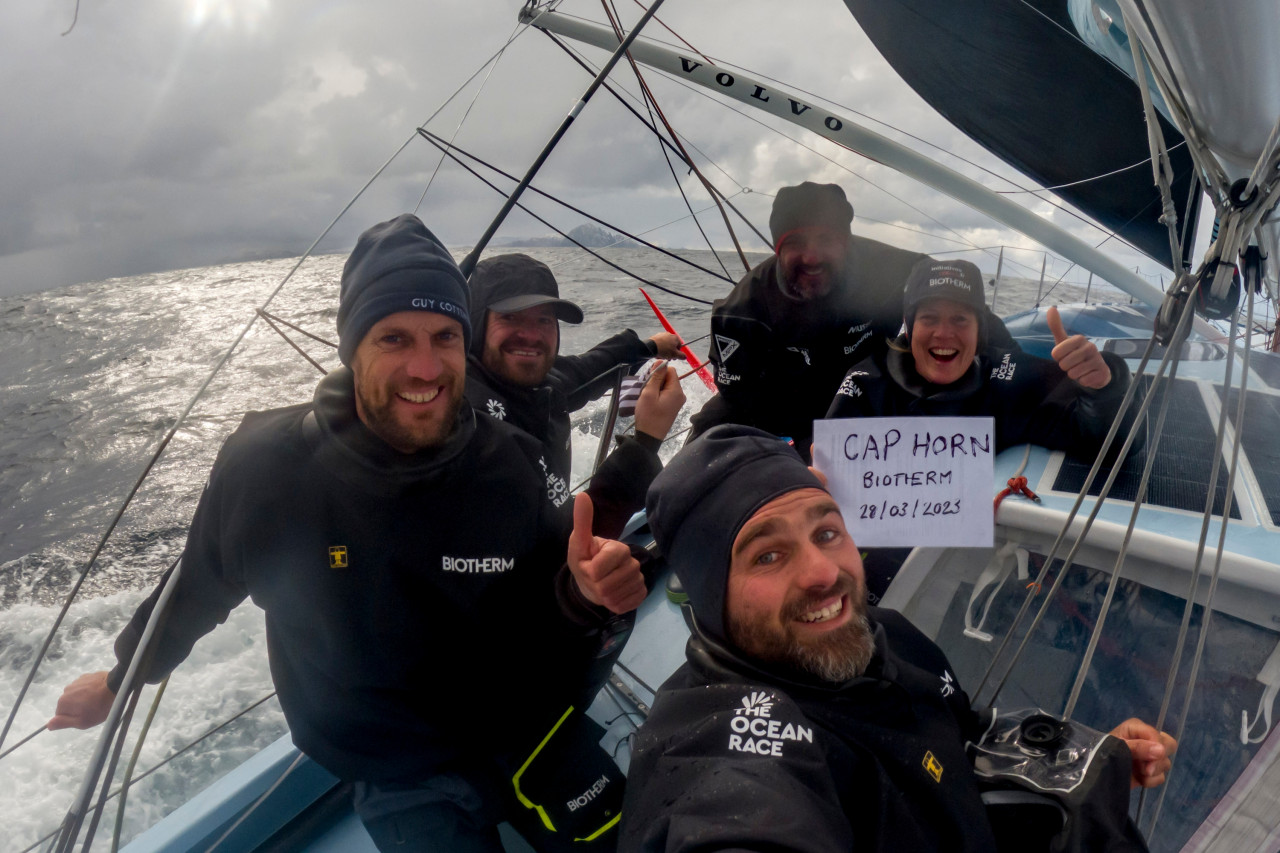 © Ronan Gladu / Biotherm
© Ronan Gladu / Biotherm
On Kevin Escoffier’s Holcim-PRB, which led for so long on this marathon leg from Cape Town, the young Southern Ocean debutante Tom Laperche sent us a video from the cockpit as he answered our questions. Once again, passing that great headland was full of meaning and significance for Laperche, 25.
“It’s great to have rounded Cape Horn,” he said. “It’s a great experience. After a long time sailing in the South Sea, it was a first for me. There were a lot of images in my head, and then especially Cape Horn, turning left, feeling that it’s warming up quickly but, at the same time, you feel that after this passage of Cape Horn, we’re going to have some tough and more complex conditions.”
Laperche had been hoping he would see the outcrop of rock and the lighthouse and he was not disappointed. “We could see the Cape Horn lighthouse,” he said. “It was very nice to pass by at the end of the day and see those beautiful colours and the large cliffs falling into the water. It went by quickly, as we moved on and continued towards the finish at Itajaí.”
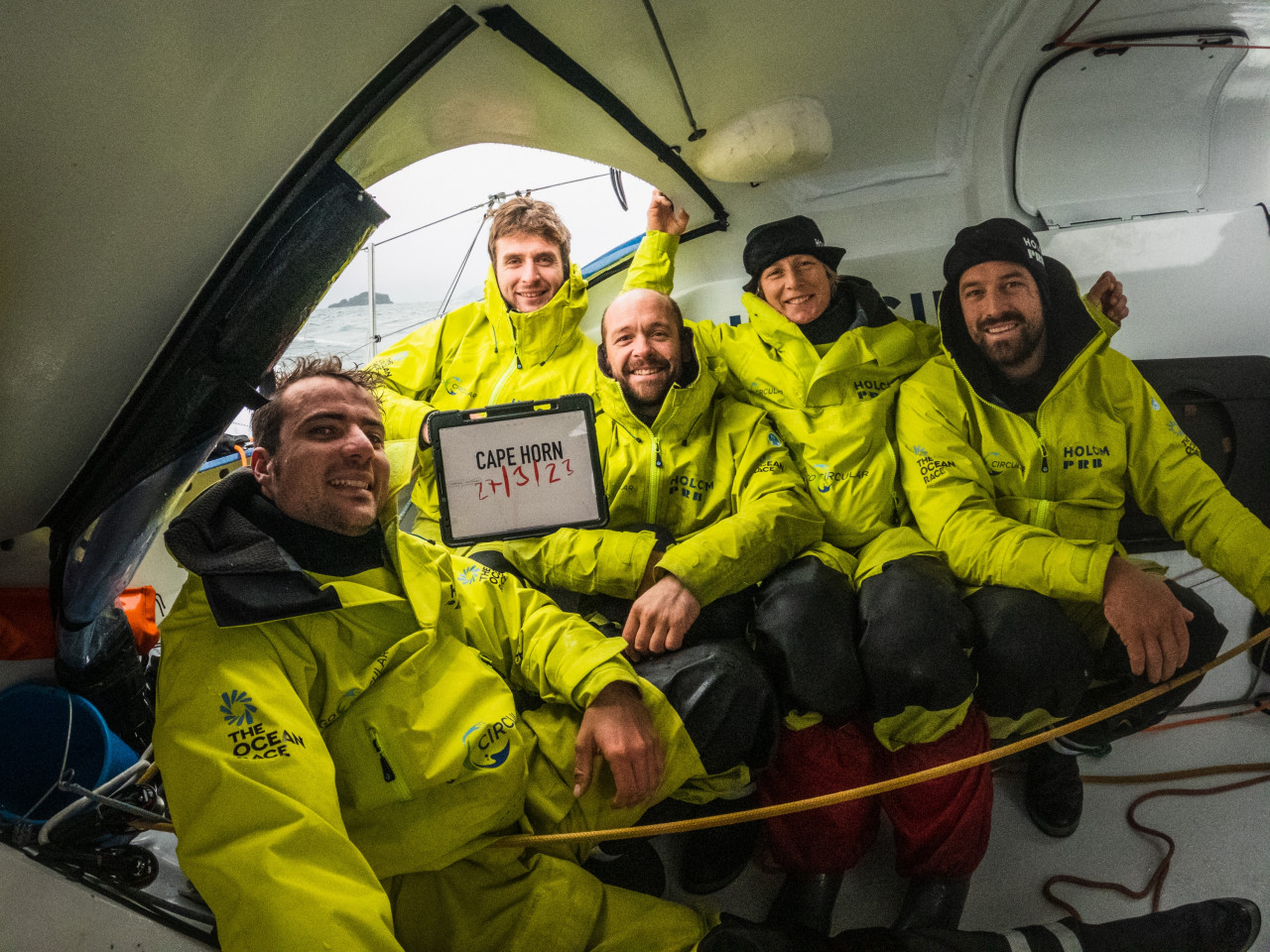 © Julien Champolion / polaRYSE / Team Holcim-PRB
© Julien Champolion / polaRYSE / Team Holcim-PRB
The 2022 Figaro winner was able to look back on his first experience in the Big South, knowing that he has learned an enormous amount. “It was a great experience because we spent a long time on board with a crew in the southern seas, where you live with the rhythm of the weather phenomena, in patterns that we don’t know in the North Atlantic, so it’s interesting,” he said.
He added: “It was a pleasure to see that things were going well on board, that we had mastered the boat and the weather conditions – we made some mistakes, there are small things to improve, but I’m very happy with the experience.”
For Antoine Mermod, president of the IMOCA Class, the Horn represented a right of passage for a project he has been championing for several years. He was delighted to see how close the racing was in the Big South and delighted too to see four boats racing past Cape Horn good shape.
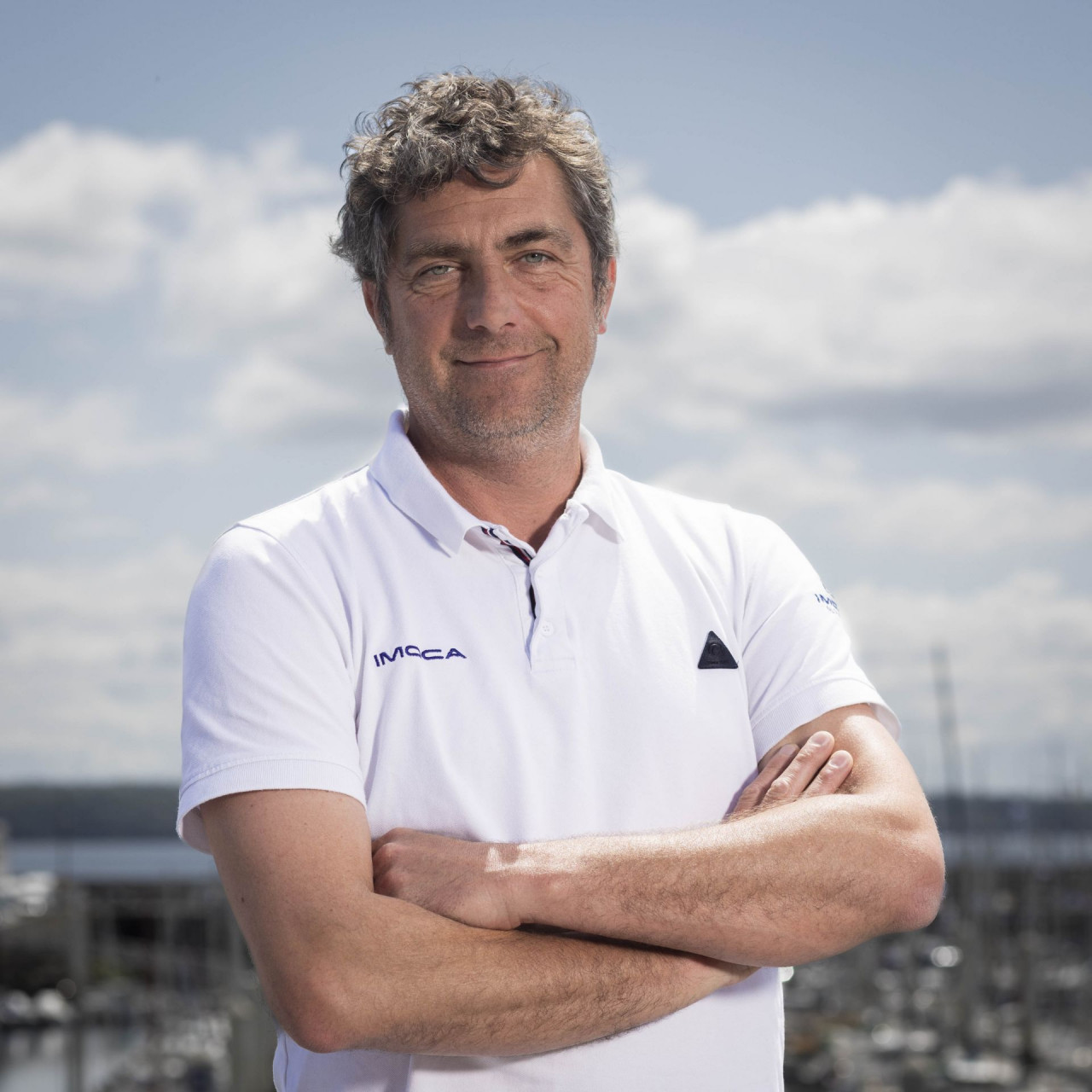 © Eloi Stichelbaut - polaRYSE / IMOCA
© Eloi Stichelbaut - polaRYSE / IMOCA
“It is, first of all, a great moment for the sailors and for the crews and for all the teams because, in an around the world race, when you are going round Antarctica, it is very risky, it is very challenging and very long,” said Mermod. “It’s a huge commitment and also the results of months and years of work for many, many people. It’s a relief as well, but we are proud because it’s a big achievement for most of the teams and I think it is very, very impressive what they did.”
Then he spoke about the significance of the safe passage back into the Atlantic by the four crews in this leg for the future of The Ocean Race and IMOCA. “It’s the first time we have tried this fully-crewed racing in the Southern Ocean with IMOCA, and the first time we have seen them racing at this kind of speed,” he said. “There were a lot of things that we didn’t know and that we are learning every day, but now that they have passed Cape Horn, it is very special.”
Mermod highlighted the role of Onboard Reporters (OBRs) in this leg who, he said, have brought a completely new dimension to coverage of IMOCA racing, especially with the race organisers having allowed the teams to choose and use their OBRs how they want, rather than having them selected and directed for them. He is hoping that skippers in the IMOCA Class will be inspired by their example to put more effort into their own communications when racing solo in the Vendée Globe and other single-handed races.
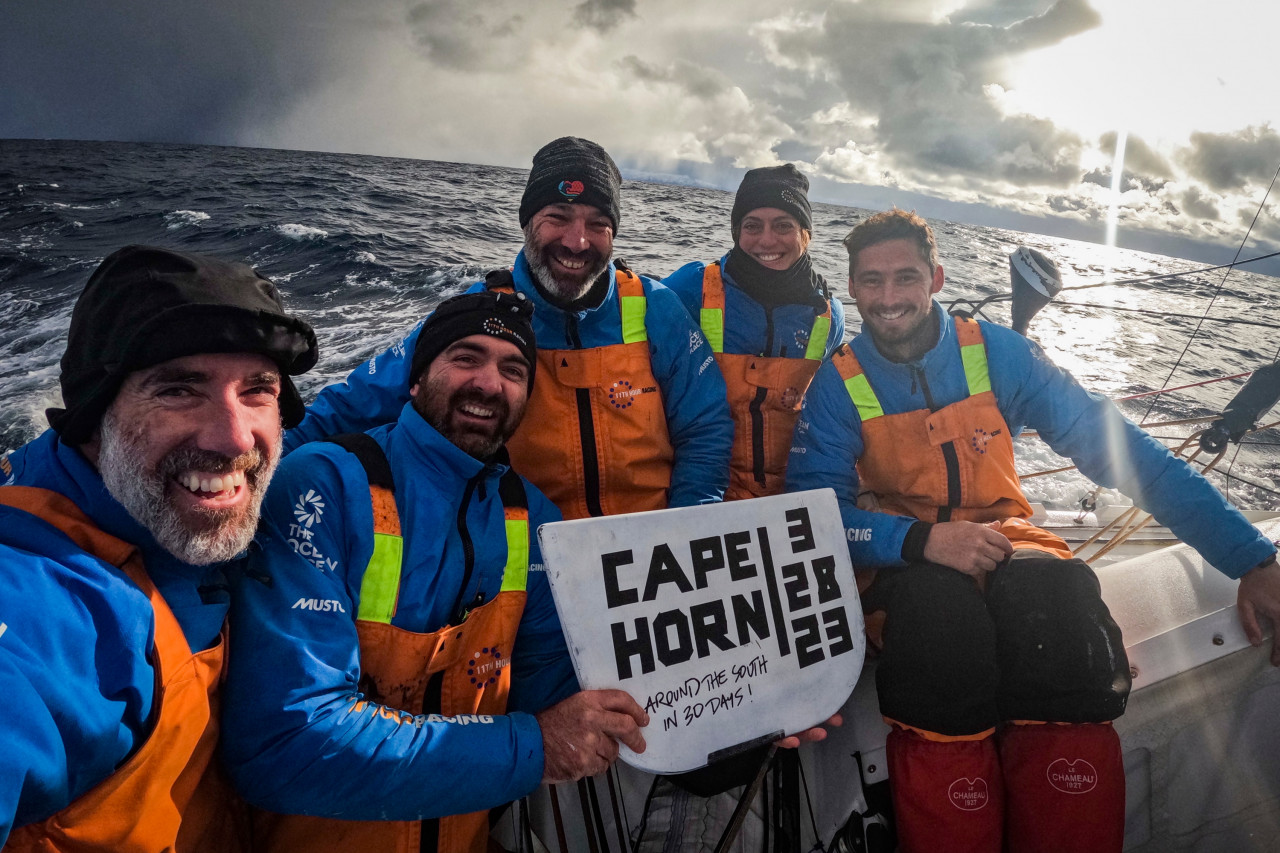 © Amory Ross / 11th Hour Racing / The Ocean Race
© Amory Ross / 11th Hour Racing / The Ocean Race
“OBRs are really something new for us at IMOCA,” said Mermod, “and I hope they will encourage our skippers to share more and push harder on their communications when racing alone. In The Ocean Race world, they were much stronger in this area than we have been, but I think we are learning a lot and the coverage of the Cape Horn roundings was very much a case in point.”
Ed Gorman
Teams info
After a stunning 2025 season Sam Goodchild is the IMOCA Globe Series Champion for the second time
After a long season at the top of the IMOCA fleet that featured three race wins, Great Britain’s Sam Goodchild is for the second time in three years the IMOCA Globe Series Champion.
•••Quel rôle peut jouer la course au large dans la transformation du transport international ? Avec Pie…
Pour ce 10ᵉ épisode de Transitions, enregistré au Havre lors du départ de la Transat Café L'Or, nous recevons Jeremy Pochman, PDG de 11th Hour Racing, et Pierre-Antoine Morvan, responsable du pôle course au large et supe…
•••